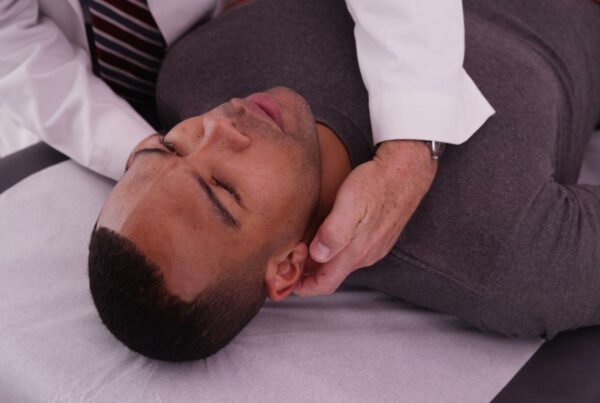Have you ever seen those talent competitions where a contortionist can sit on their own head?
What about a dancer who can perform a split with ease? Or maybe you had a friend growing up
who could touch their thumb to their forearm? Maybe you noticed your own flexibility and
wondered, “is this normal?”
The truth is, hypermobility is fairly common but many don’t know how to best manage it. Every
joint in the body has what we consider a “normal range of motion.” A person with hypermobility
will experience ranges of motion that exceed those “normal” ranges. For some, hypermobility
doesn’t cause any pain and is generally asymptomatic. For others, they can experience joint
pain, frequent subluxations or dislocations, and chronic sensations of stiffness.
Hypermobility is more often seen in women and those of African or Asian heritage. Up to 70% of
dancers are considered hypermobile which can often help them achieve interesting positions
required for their sport. Though we often think of hypermobility as a joint related issue, it can
affect tissue throughout the body and manifest in the skin, vascular system, organs, cartilage,
bones, muscle, and nervous system.
Because joints are working through a greater range of motion, this can cause additional strain of
surrounding tissue and cause bone, muscle, or ligamentous trauma. Bony sockets can often be
more shallow and this can be coupled with lax ligaments. Despite the increased range of
motion, joints can often feel stiff or experience clicking and popping. Oftentimes the muscles do
not have the strength or stability to work within that extra range and therefore can feel tight from
overuse and fatigue.
People with hypermobility can have a longer timeline to heal from their injuries due to tissue
fragility and a less efficient healing process. This makes it possible to have a higher rate of
reinjury. It is thought that hypermobile people have a decreased sense of proprioception, or an
understanding of where their body is in space, and that’s why they can be more accident prone.
Lastly, it’s important to note that just because a person may not currently exhibit any
hypermobile tendencies doesn’t mean that it shouldn’t be considered as a factor. Flexibility
declines as we age but hypermobile symptoms can persist and don’t decline with time. If at one
point you were able to get into flexible positions, that is important information!
If you are hypermobile and are experiencing pain or frequent subluxations we can help! Your PT
can prescribe a program to build joint awareness, stability, and increase muscle strength and
endurance to help relieve and manage your symptoms.
Written by Bonnie Margolin, PTA at Boston Sports Medicine
Source: A Guide to Living with Hypermobility Syndrome by Isobel Knight



